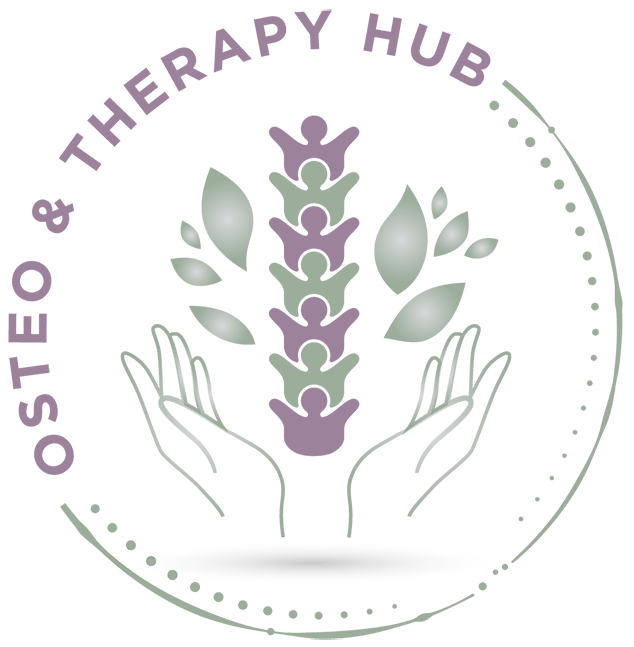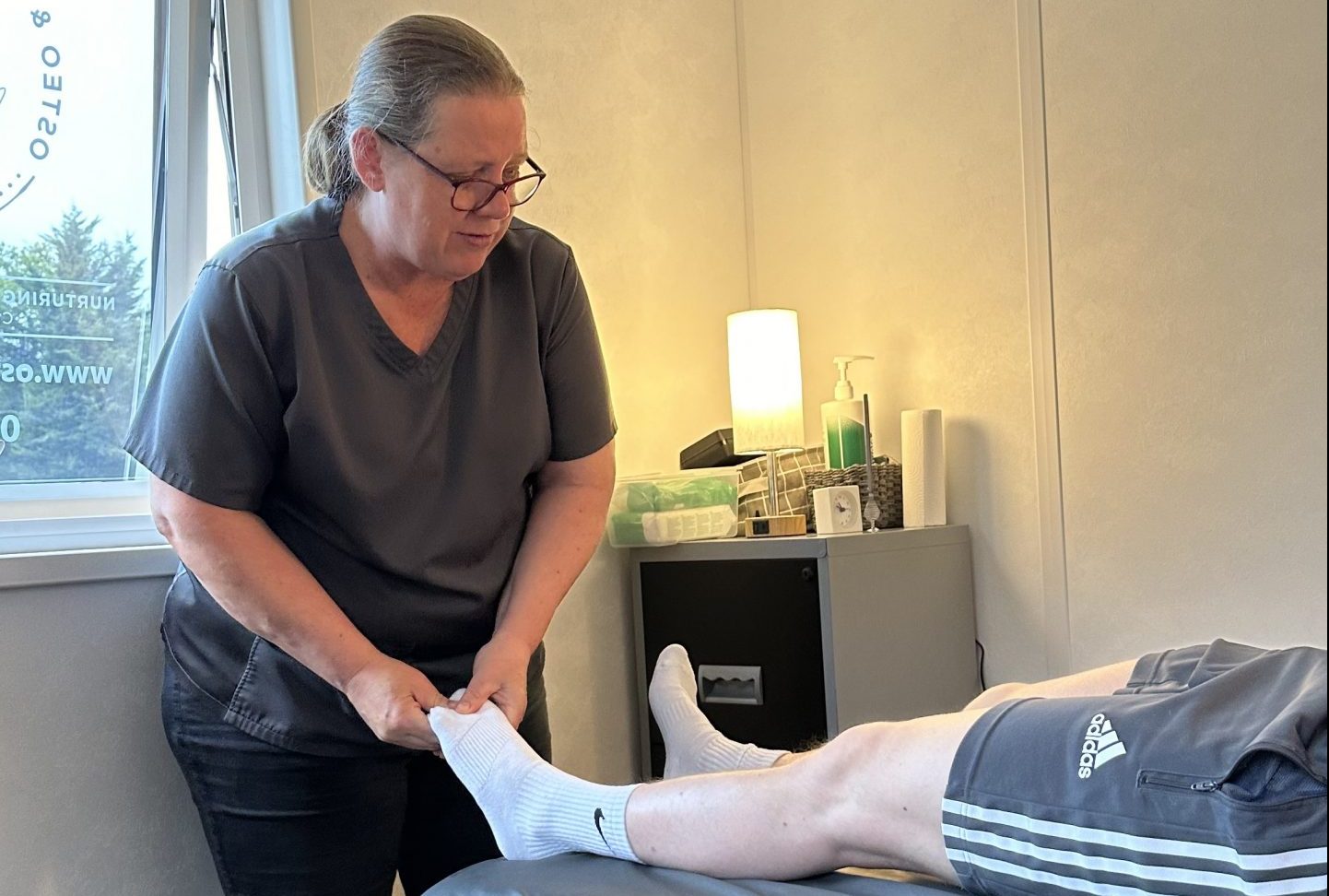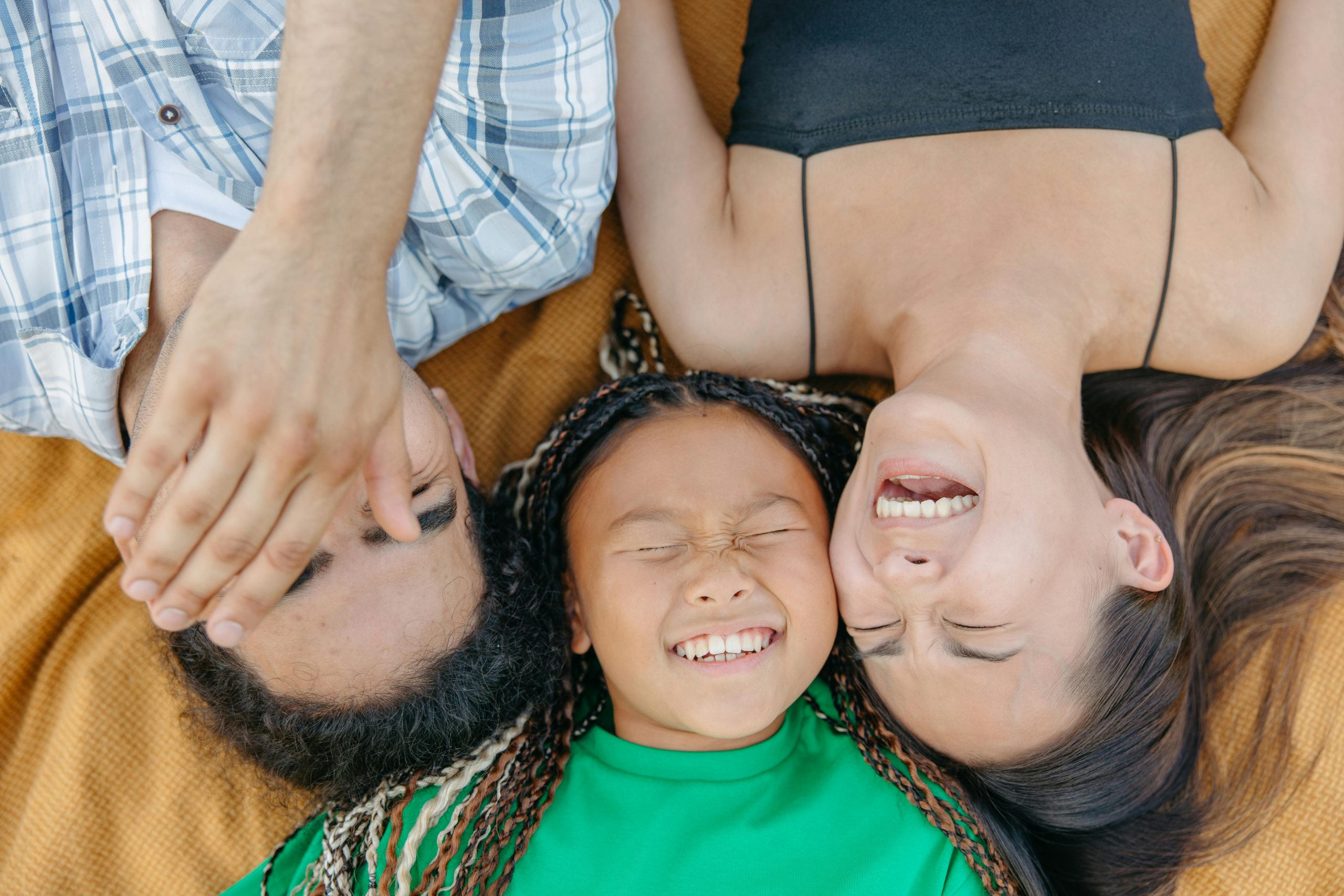Seasonal Foot Pain
Foot Pain
Seasonal foot pain often occurs as we move from heavier footware which is less flexible, but more supportive to lighter more flexible but less supportive footware. Have you recently changed from your winter boots, work shoes or heavy walking boots, to lighter trainers, summer shoes, or even flip flops? How are your feet feeling? Mine have been aching as they are not used to the lack of support.
Our winter boots and shoes support and restrict the movement of the joints in our feet more than our summer shoes. Summer sandals lack a lot of the material structure that comes with weatherproof footwear, whilst trainers tend to be made from softer material which does not support as well as leather etc. As a result, as we shift between restrictive to more relaxed footwear and back again, the soft tissues in our feet, such as ligaments and muscles can fatigue, become inflamed, or even strain as they try to adjust to either an increased need to stabilise your feet, or a restriction in movement.
If foot pain is ignored it can become chronic pain resulting in conditions such as plantar fasciitis. Therefore it is important to address foot pain quickly. Here are some tips for you to consider, and some exercises to try.
Barefoot Shoes For Foot Pain.
For some people barefoot shoes help them to overcome this seasonal foot pain. These are designed to mimic the way in which your feet would work if you were walking or running without shoes on. This helps to build strength and stability in the feet, and increases the sensory connection with the ground.
If you fancy trying barefoot shoes you should look for shoes which have
- A wide toe box – this helps improve balance and stability as it allows your toes to spread naturally.
- Zero-drop foot bed – this ensures that the heel and forefoot are the same difference from the ground so that you maintain a more natural foot position.
- Flexible sole – a thin sole which flexes and bends with your feet as you move, increasing the sensory feedback from the ground and allowing a more natural foot movement.
- No arch support – this encourages the small muscles of your feet to work to mobilies and support the joints in your feet.
If you do decide to try out barefoot shoes, please remember to go slowly, your feet need time to adjust, so start off with wearing new shoes for 30 minutes a day and gradually build up as the muscles strengthen.
Exercises for Foot Pain .
I thought I would share a few of my favourite exercises to help stretch your feet out, and to reduce any aches and pains caused by a change in footwear.
Alphabets
These are great as they can be done anytime you are sitting down. Take your shoes off and spread your toes. Imagine you are holding a pen between your big toes and second toe.
Lift your foot off of the floor and draw the letters of the alphabet starting with a.
Make sure you work smoothly and steadily through the alphabet.
Repeat 1 with each foot twice a day.
Toes Curls
Sitting with your feet out in front of you – you may find this easier sitting on a bed or the floor.
Point your feet and curl your toes. Hold for 5-10 seconds.
You should feel a stretch across the top of your toes and your feet and possibly up into the front of your ankles.
This will help the mobility of your toes.
Hold for 5-10 secs Repeat 3-5 times
Toe Extensions
Sitting on a chair, bed or the floor, with your legs out in front of you.
Reverse the toe curl so that your toes are lifting upwards towards you.
Hold for 5-10 secs and repeat 3-5 times.
Toe Waves
Place your feet on the floor and imagine that your toes are people in a stadium doing a mexican wave.
Try to lift each toe independently and then the next and the next until you have a sequential rhythmic movement.
3 sets x 6 repetitions.
Spikey Massage Ball for the Plantar Fascia
This is the soft tissue under the foot, which can become quite irritated.
Start by sitting in a chair, once you are used to this you can move to standing so you can exert more pressure.
Place a spikey ball under your feet, and roll the ball up and down your foot between the heel and toes.
Try to focus on the arch and ball of the foot as you may find it irritates your heel pain.
30 secs – 1 minute for each foot.
How Osteopathy can help with Foot Pain
After a discussion about your pain and a full examination. Using osteopathic techniques an osteopath will ensure that all the joints in your feet, ankles, and further up your body are working, and that the soft tissues such as the plantar fascia, muscles and ligaments are loosened and stretched. If you need help with your foot pain please book an appointment with your osteopath.


